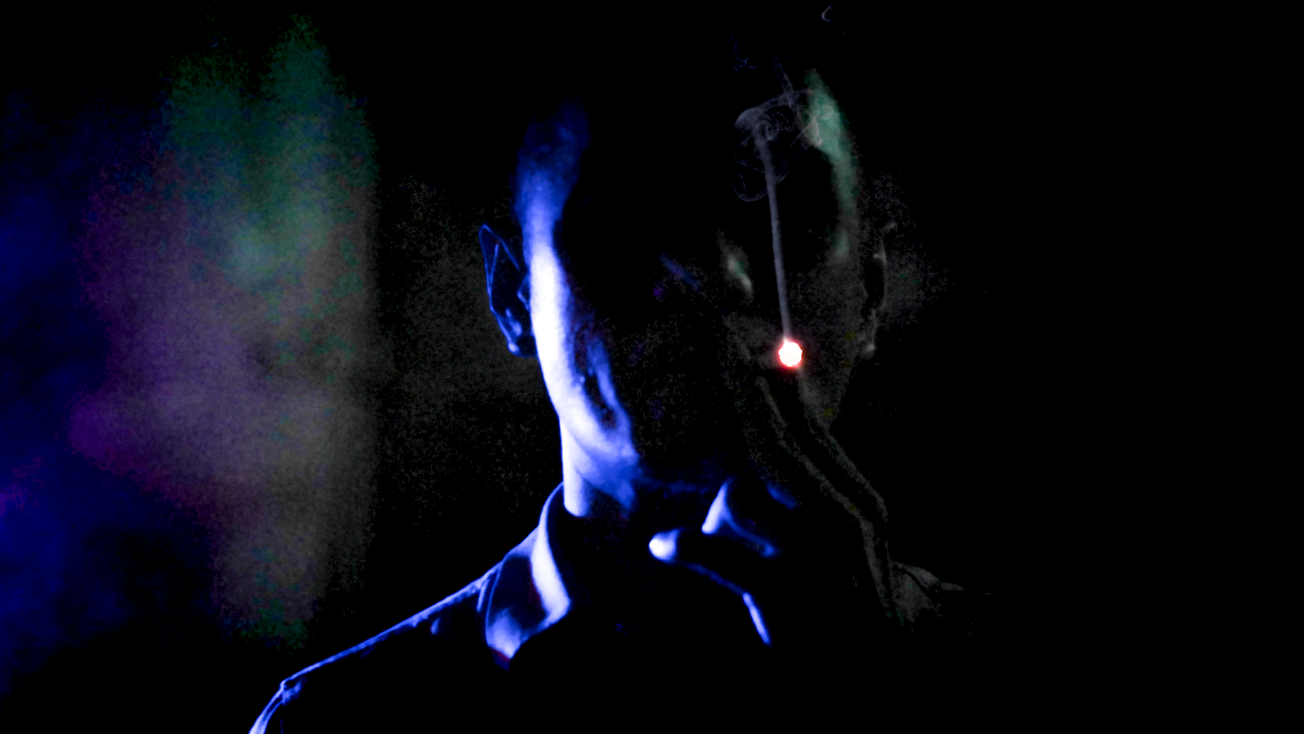Keywords: Social Impact Bonds, Capitalism, Charity, Finance, Philanthropy, Ethical Investing, Documentary, Nadine Pequeneza, Impact Investing.
Introduction
"The Invisible Heart," directed by Nadine Pequeneza and released in 2018, provides an insightful examination of what happens when the worlds of capitalism and charity collide. This intriguing documentary explores the concept of social impact bonds, a novel financial instrument that is starting to shift how we approach social issues. Given the growing interest in socially responsible and impact investing, this documentary is especially relevant today.
Synopsis
"The Invisible Heart" paints a complex picture of social impact bonds, taking viewers from the hustle and bustle of Wall Street to the reality of life on the streets. It presents various perspectives on this innovative approach to funding social services, raising important questions about the implications and ethics of mixing profit and philanthropy.
More Film Analysis
Analysis
The documentary adopts an investigative approach, delving deep into the functioning and effects of social impact bonds. The quality of the research is commendable, offering an in-depth exploration of the subject. The presentation style is engaging, effectively combining interviews, case studies, and expert commentary.
Historical and Factual Context
Social impact bonds were first launched in the UK in 2010. They represent a contract between private investors and public sector entities where investors provide upfront capital for public services, and governments pay back the investors with interest if the services achieve agreed-upon outcomes.
Key themes in the film
- The intersection of capitalism and charity
- The potential and pitfalls of social impact bonds
- The ethical implications of profit-driven philanthropy
Film Comparisons
Unlike other financial documentaries on iWonder, "The Invisible Heart" uniquely focuses on social impact bonds, providing a fresh perspective on the interplay between finance and social good.
Noteworthy Moments
One significant revelation in the documentary is the diversity of views on social impact bonds, from those who see them as a revolutionary tool for social change to critics who question the ethics of such a profit-driven approach to solving social issues.
Reviews
The documentary has received a mixed response, with an IMDB score of 5.9. Some viewers praised it for its in-depth exploration of a complex topic, while others felt it lacked a clear stance.
Conclusion
"The Invisible Heart" is a must-watch for anyone interested in the evolving landscape of social impact investing. It provides a thought-provoking examination of social impact bonds, triggering important debates on the intersection of capitalism and charity.
More film information:
FILM SUMMARY
- IMDB Score: 5.9
- Rotten Tomatoes Score: N/A
- Metacritic Score: N/A
- Film Festival Awards: 2 nominations
PERSONALITIES
- Sir Ronald Cohen: Known as the 'father of social investment'
- Dan Letendre: Bank of America Merrill Lynch financier
- Brenda: A homeless mother helped by a social impact bond program
LOCATIONS
- Wall Street, New York
- Homeless shelters in the United States
Key questions raised by the film:
- Can capitalism and charity coexist effectively?
- Do social impact bonds represent a sustainable solution to social issues or are they just another way for the rich to profit off the poor?
- What are the ethical implications of mixing profit and philanthropy?
Links for Further Exploration
I wonder what the film would be in another art form



- A famous book, it would be "The Wealth of Nations" by Adam Smith - both explore the role of capitalism in society.
- A famous song, it would be "Money" by Pink Floyd - the song and the film both question the role and impact of money in our lives.
- A famous piece of art, it would be "The Persistence of Memory" by Salvador Dali - the film and the artwork challenge traditional notions and force viewers to see things from a different perspective.
- A famous celebrity, it would be Bono - known for his music and his philanthropy, much like the film explores the intersection of finance and social good.
- A colour, it would be grey - representing the moral and ethical ambiguities explored in the film.
- A music style, it would be jazz - the film, like jazz, explores complex themes and provokes thoughtful reflection.








